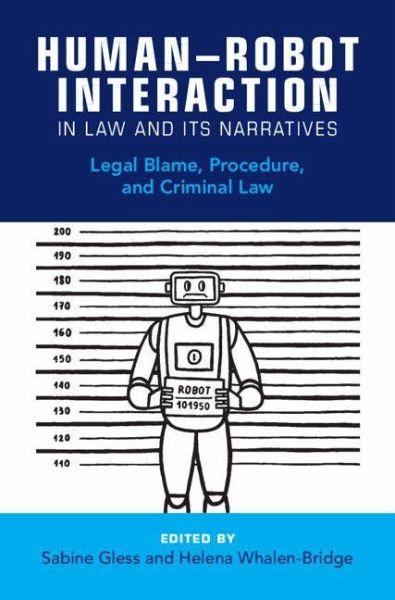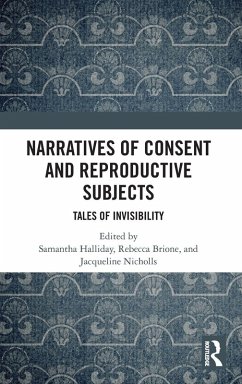
Human-Robot Interaction in Law and Its Narratives
Legal Blame, Procedure, and Criminal Law
Herausgeber: Gless, Sabine; Whalen-Bridge, Helena
Versandkostenfrei!
Versandfertig in 1-2 Wochen
115,99 €
inkl. MwSt.

PAYBACK Punkte
58 °P sammeln!
Robots are with us, but law and legal systems are not ready. This book identifies the issues posed by human-robot interactions in substantive law, procedural law, and law's narratives, and suggests how to address them. When human-robot interaction results in harm, who or what is responsible? Part I addresses substantive law, including the issues raised by attempts to impose criminal liability on different actors. And when robots perceive aspects of an alleged crime, can they be called as a sort of witness? Part II addresses procedural issues raised by human-robot interactions, including eviden...
Robots are with us, but law and legal systems are not ready. This book identifies the issues posed by human-robot interactions in substantive law, procedural law, and law's narratives, and suggests how to address them. When human-robot interaction results in harm, who or what is responsible? Part I addresses substantive law, including the issues raised by attempts to impose criminal liability on different actors. And when robots perceive aspects of an alleged crime, can they be called as a sort of witness? Part II addresses procedural issues raised by human-robot interactions, including evidentiary problems arising out of data generated by robots monitoring humans, and issues of reliability and privacy. Beyond the standard fare of substantive and procedural law, and in view of the conceptual quandaries posed by robots, Part III offers chapters on narrative and rhetoric, suggesting different ways to understand human-robot interactions, and how to develop coherent frameworks to do that. This title is also available as Open Access on Cambridge Core.














